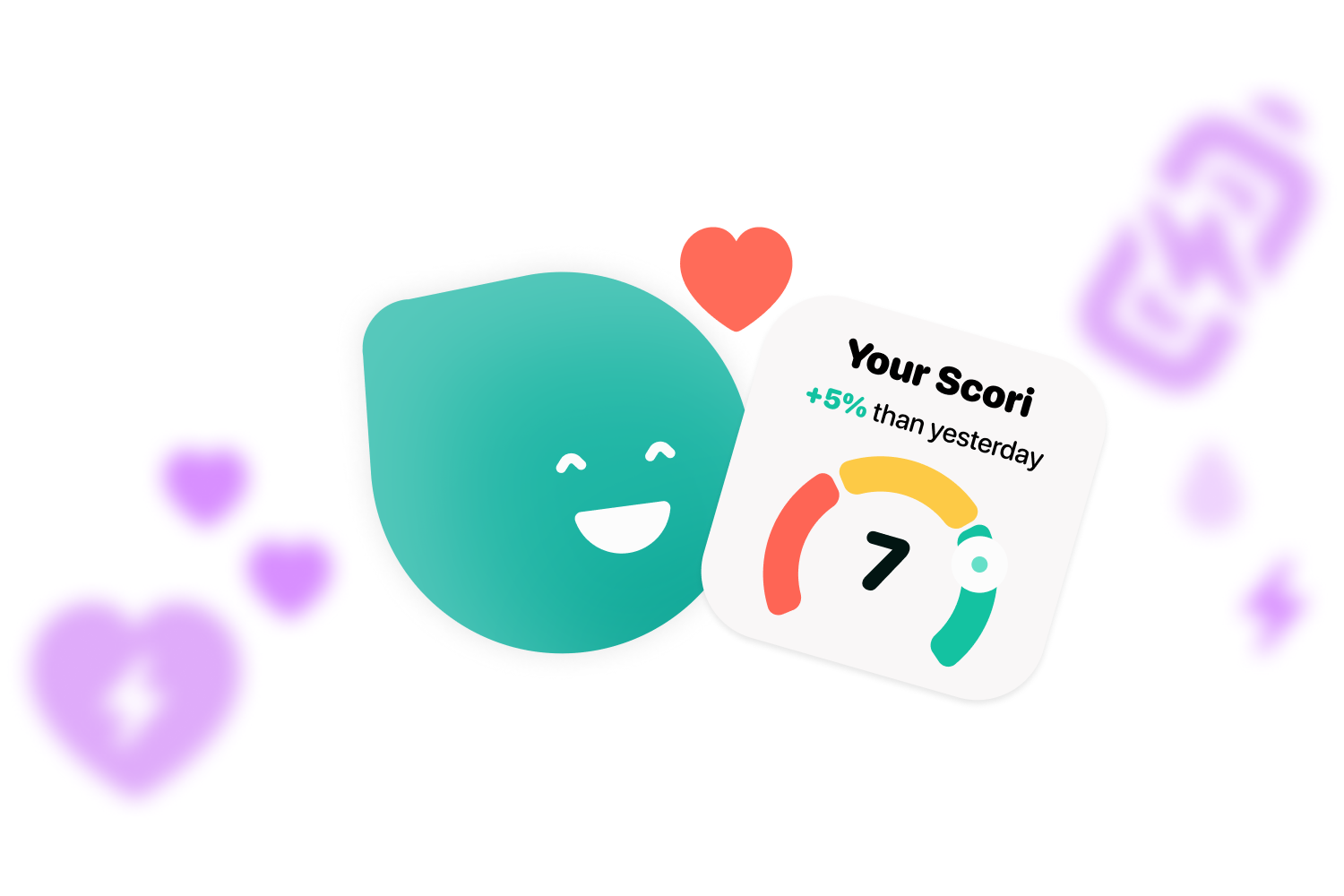Have you just made your debut? Don’t know what a glucometer is? Did you find out that there are many types? Here we talk about that and much more.
All people with diabetes have a small device that, since its debut, becomes their best friend: the glucometer. Or also glucose monitor. And you may be wondering, why does it become their best ally? Quite simply. Because it goes everywhere with them.
The glucometer (or glucose monitor) is a small device used for diabetes management. Its job is to read your glucose. This helps people with diabetes know how their levels are.
If you have just entered the world of diabetes and do not know what glucometers are, how they work and what options you have, in this article you can find all the information you need to solve your doubts. Do you want to know more?
What is a glucometer?

A glucometer is a small portable device. What does it do? Well, it basically measures blood sugar levels.
Glucometers are very important on a daily basis for a person with diabetes. They are the tool they have to check how high or low their blood sugar levels are. This has many day-to-day benefits.
The first and most important one is that they help you have better control of your diabetes. Also, they help you recognize how your body is behaving. You will know at what times your blood sugar varies. And you will know what factors affect it the most. Normally it’s the exercise, meals or medications. But other things like stress can also cause it to vary.
The glucometer market has come a long way. In the last few years it has taken a big step forward. This has led to many possible options to choose from if you need a glucose monitor in your day-to-day life. You just have to find the one that fits you and your needs best.
What types of glucometers are there?

There are different types of glucometers on the market:
Invasive glucose meter
This type of glucometer is the most common and simple. It can be found in any pharmacy for a low price. To read your glucose levels what you have to do is prick one of your fingers and put a drop of blood on the test strip. It will test the blood for a few seconds. After those 10 seconds or so, the blood sugar level will appear on the screen.
The big advantage of these devices is that they are very easy to find. They are also inexpensive. Since they have no expiration date, they don’t need to be replaced unless they break. And, in order to use them, you only need to buy the test strips of our model.
Continuous glucometer
Continuous glucometer (or CGMs) are more advanced than the previous ones. For the past few years they have also been a favorite for most people with diabetes. They are devices the size of a coin that have a very fine needle. These are placed in different parts of the body, such as the arm, and last from 6 to 15 days.
Here we can differentiate between two types of continuous glucometers:
- Continuous monitoring: These have a small transmitter. For what? Well, so that our cell phone, for example, receives data on the levels all the time. This allows you to set alarms to alert you if your blood sugar is high or low.
- Flash monitoring: Unlike the previous ones, these ones do not have a transmitter. For this reason, to know how your glucose levels are you will have to scan the sensor.
An advantage of these glucometers is that they work in real time and are almost 100% accurate. This allows you to share the results with your doctor or endocrinologist.
But sometimes the data of these GCMs is not too visual. However, this can be easily solved. Why? Because they are compatible with Cori. Thanks to its graphs, you will be able to see your blood glucose data much more clearly. You can also get weekly reports that will tell you how your levels have been.

Become a diabadass!
Join our weekly newsletter and learn
all the tips and tricks.
People with diabetes are especially vulnerable to the dangers of colds and the flu, but there are things you can do to control your symptoms and avoid getting sick in the first place. You may maintain your health even when you’re feeling under the weather by constantly monitoring your blood sugar levels, staying hydrated, getting enough of rest, and adhering to your diabetes management plan. Additionally, you may lower your risk of getting sick and safeguard yourself from any problems by maintaining proper cleanliness, being vaccinated, and generally maintaining good health. Make sure to discuss any worries you may have with your healthcare team for advice and support if you have diabetes and are worried about managing colds and the flu.
Non-invasive glucometer
For some time now, some glucometers that do not need to test the blood to measure have also been developing. What they do is analyze glucose by physio-chemical sensors that are placed on the arm. This saves you from having to prick yourself.
What to consider before choosing a glucometer
To choose the glucometer that best suits you, there are a different things to consider.
- How your diabetes is: Depending on the type of diabetes and how advanced it is, you will need to test more or less often. It is not the same to have diabetes LABIL, which needs constant control, as it is to have prediabetes.
- Price: It is important to consider how much the glucometers cost. You will have to pay for them for the rest of your life. Choose one which suits your financial situation.
- What type of glucose meter it is: Do you prefer to test less? Are you more aware of other things? Depending on your preferences, you will choose one that is more or less invasive.
- Its connection to other devices: Comfort also matters. Most non-invasive and continuous glucometers can be connected to your cell phone. But not all invasive ones can do that. Which one do you prefer?
- The way they charge: Some are battery powered, others are USB and some don’t even need to charge.
- How easy it is to view the data: Understanding the data easily is essential. If the presentation of your glucose meter is serious and difficult to understand, Cori will be able to help you with this task.
As you can see, there are many options available for measuring your glucose levels. But there are also many things to consider. Now all that’s left is for you to choose the one that best suits your type of diabetes and start making this condition so easy!
If you liked this article about the glucose meter, don’t forget to follow us on our social media profiles – Instagram, Twitter, Facebook or LinkedIn – as well as on our blog.




